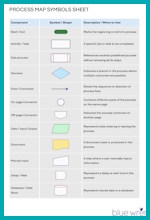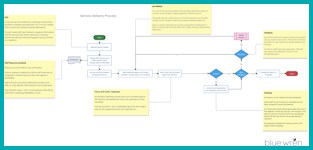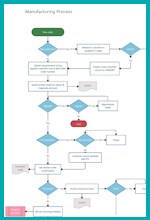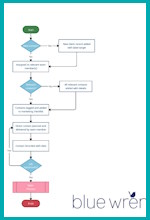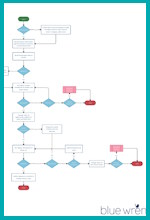How to create process maps for different functions in your business
05 August 2025
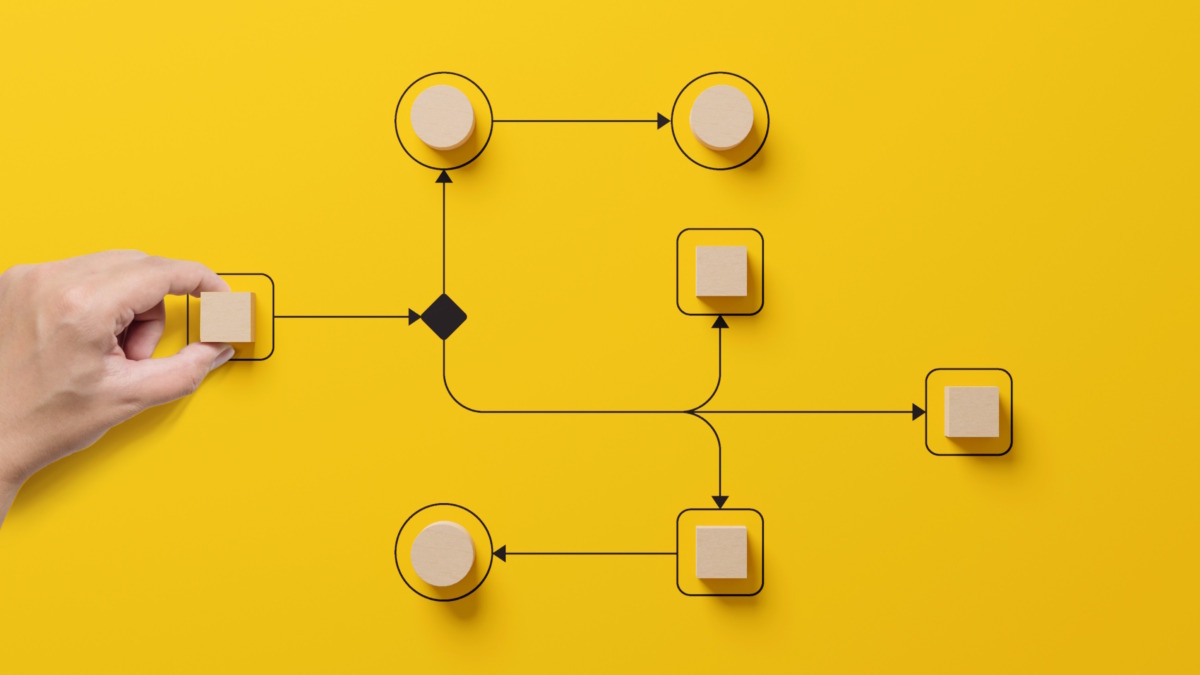
As your business grows, things naturally get more complex. More clients. More projects. More moving parts.
What used to work such as spreadsheets, memory, or loosely defined roles can suddenly feel chaotic. You might notice more admin creeping into your week, missed handovers between teams, or a growing sense that profitability is hard to pin down.
That is where process mapping comes in.
A process map is a visual way of showing how something gets done in your business. It captures every step, decision, role, and system involved. It is one of the most straightforward tools you can use to make your operations more efficient, consistent, and scalable.
In this blog, we explain why process maps matter, how to create one, which parts of your business to start with, and how to turn your maps into real improvements. We have also included downloadable examples to help you get started.
Why process mapping matters
For many businesses, processes live in people’s heads. Team members rely on experience, assumptions, and informal chats to get things done. That can work up to a point.
But when the pressure ramps up, this lack of clarity can cause real problems:
- It is unclear who is responsible for what
- Knowledge is lost when key people leave
- Client delivery slows down due to manual admin
- Profitability is hard to track across projects
A good process map makes the invisible visible. By setting out each step in a workflow, it creates a shared understanding. It becomes easier to standardise your ways of working, spot delays or errors, and see where automation or better systems could save you time. New hires have a clear guide to follow. Clients and auditors see that your business is structured and professional.
It is not just about being more efficient. It is about turning experience and guesswork into repeatable systems that scale.
What parts of the business should you map?
You do not need to map everything at once. Start with the processes that affect your clients or profitability the most.
Some good places to begin include:
- Winning new work such as enquiries, proposals, and follow-ups
- Client onboarding and relationship management
- Project delivery or service fulfilment
- Handling complaints or issues
- Recruitment and onboarding new staff
- Compliance, audits, or certification processes
Each of these functions usually involves multiple roles, tools, and handovers. A process map brings all of this together into one visual workflow, making it easier to understand and improve.
What goes into a process map?
A process map is more than just a list of tasks. It shows how each activity connects, who is responsible, and what decisions or data are involved.
Here are the core elements you will typically include:
- Start and end points to mark where the process begins and ends
- Activities that represent specific jobs or steps
- Roles or functions that show who is responsible for each task
- Decision points where different outcomes or paths are possible
- Connectors to show sequence and flow
- Documents and data that are added / extracted
- Sub-process references that link to other defined processes
To keep your diagrams clear and consistent, it helps to use standard process symbols. Here is a quick reference table:
Component |
Symbol / Shape |
Description / When to Use |
| Start / End | Marks the beginning or end of a process | |
| Activity / Task |  |
A specific job or task to be completed |
| Sub-process |  |
References another predefined process without showing all its steps |
| Decision | 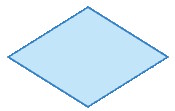 |
Indicates a branch in the process where multiple outcomes are possible |
| Flow / Connector |  |
Shows the sequence or direction of process flow |
| On-page Connector | Connects different parts of the process on the same page | |
| Off-page Connector | Indicates the process continues on another page | |
| Data / Input-Output |  |
Represents data entering or leaving the process |
| Document |  |
A document used or produced in the process |
| Manual Input |  |
A step where a user manually inputs information |
| Delay / Wait |  |
Represents a delay or wait time in the process |
| Database / Data Store | 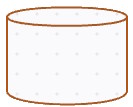 |
Represents stored data or a database |
How to create a process map step by step
Follow these practical steps to build a clear and useful process map:
- Choose a process to map. Focus on something that affects client experience or business performance such as project onboarding
- Gather the team. Include people who are involved in the process day to day. They will help highlight gaps and uncover hidden steps
- Define start and end points. Be specific. For example, from “signed proposal received” to “client deliverables approved”
- List all the steps. Write it down using post-its or a whiteboard. Focus on what actually happens, not what should happen
- Sequence the steps. Put them in order and identify where delays or handovers occur
- Draw the map digitally. Use tools like creately.com or draw.io with standard symbols
- Review and refine it with the team. Look for duplicate steps, bottlenecks, or opportunities to simplify
- Share the final version. This helps build alignment and consistency across the team
- Evaluate your tools. Check if your current systems support the process or create unnecessary duplication
- Keep it updated. As your business evolves, your processes will change too
Turning your map into real improvements
A process map only delivers value if you use it to make things better. Once your workflows are mapped and understood, you can:
- Automate repetitive tasks like follow-up emails or report generation
- Use software to reduce double entry and eliminate errors (like Flight)
- Speed up onboarding by giving new staff a clear process to follow
- Track performance and profitability by setting KPIs for each stage
- Present a professional image to clients, auditors, and partners by showing how your business runs
At its core, process mapping gives you clarity and control. It frees up time, reduces stress, and lets you focus more on delivering expertise to clients.
Downloadable resources
We have created a set of downloadable process map examples and a process mapping symbol reference sheet to help you get started.
If you would like help creating your own process maps please get in touch, we would be happy to help.
Categories
Productivity
Software
Further Reading
- CRM for a Consultancy in 2025 and Beyond: A Complete Guide
- Why 70% of software projects fail and how to make yours succeed
- Integrate CRM with QuickBooks or Xero
- Why ‘One-Size-Fits-All’ software is failing specialist consultancies
Case Studies
- CRM & Workflow Software | Murton & Co
- Training Management Software | Gate Safe
- CRM & Workflow Software | Dagwood Linnetts
- CRM & Workflow Software | VoicePower
- Project Management Software | Armitstead Barnett

